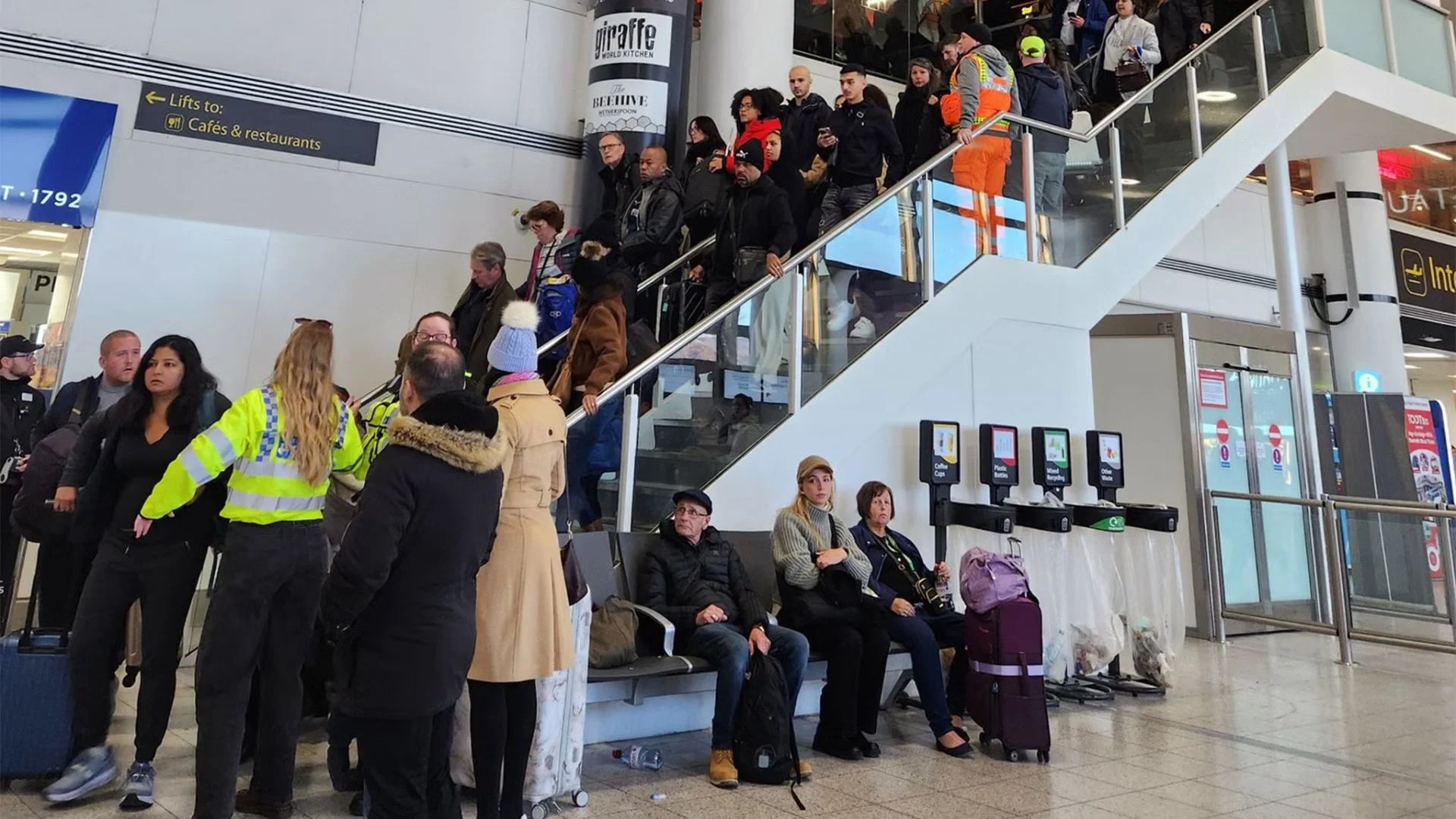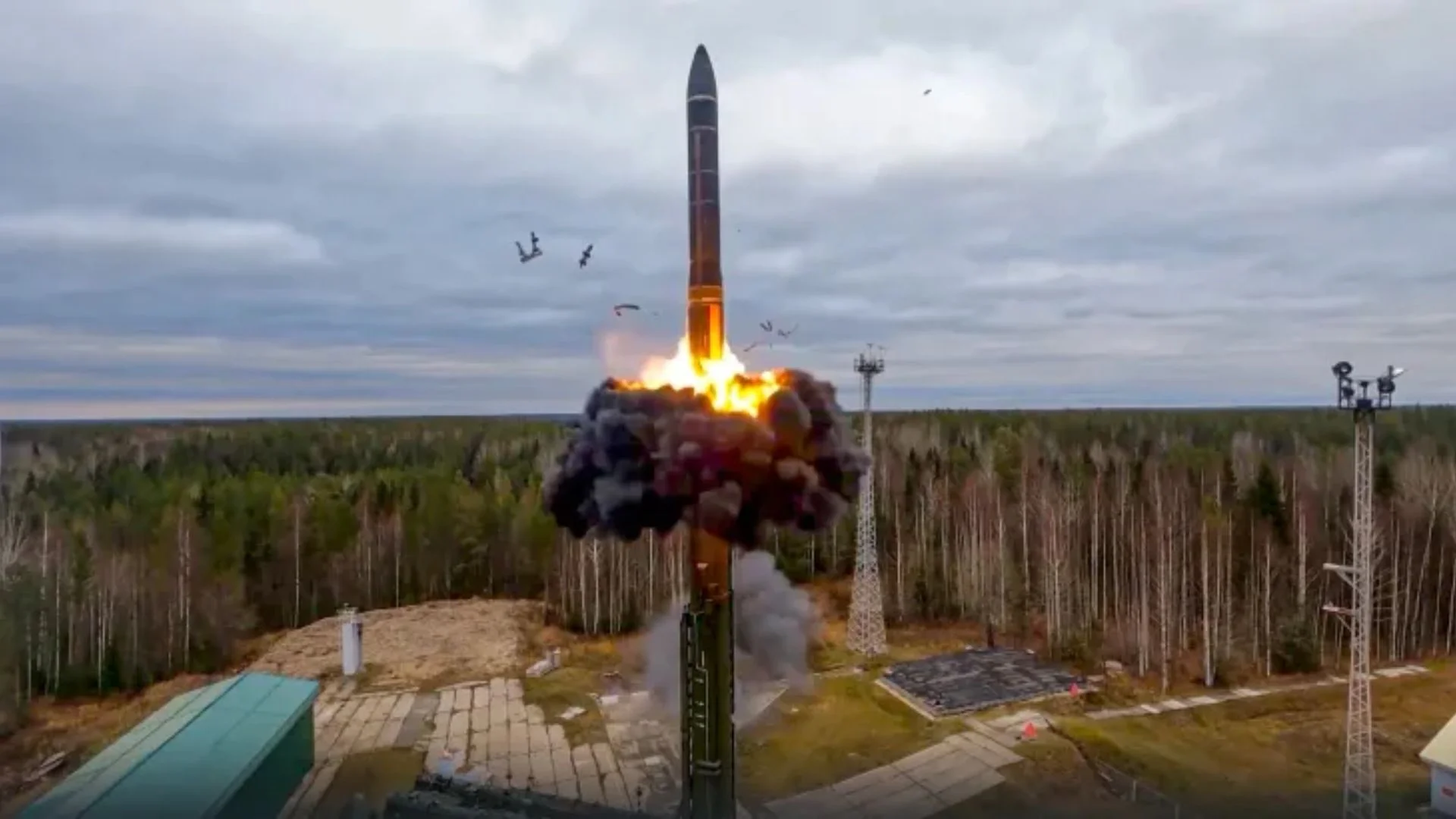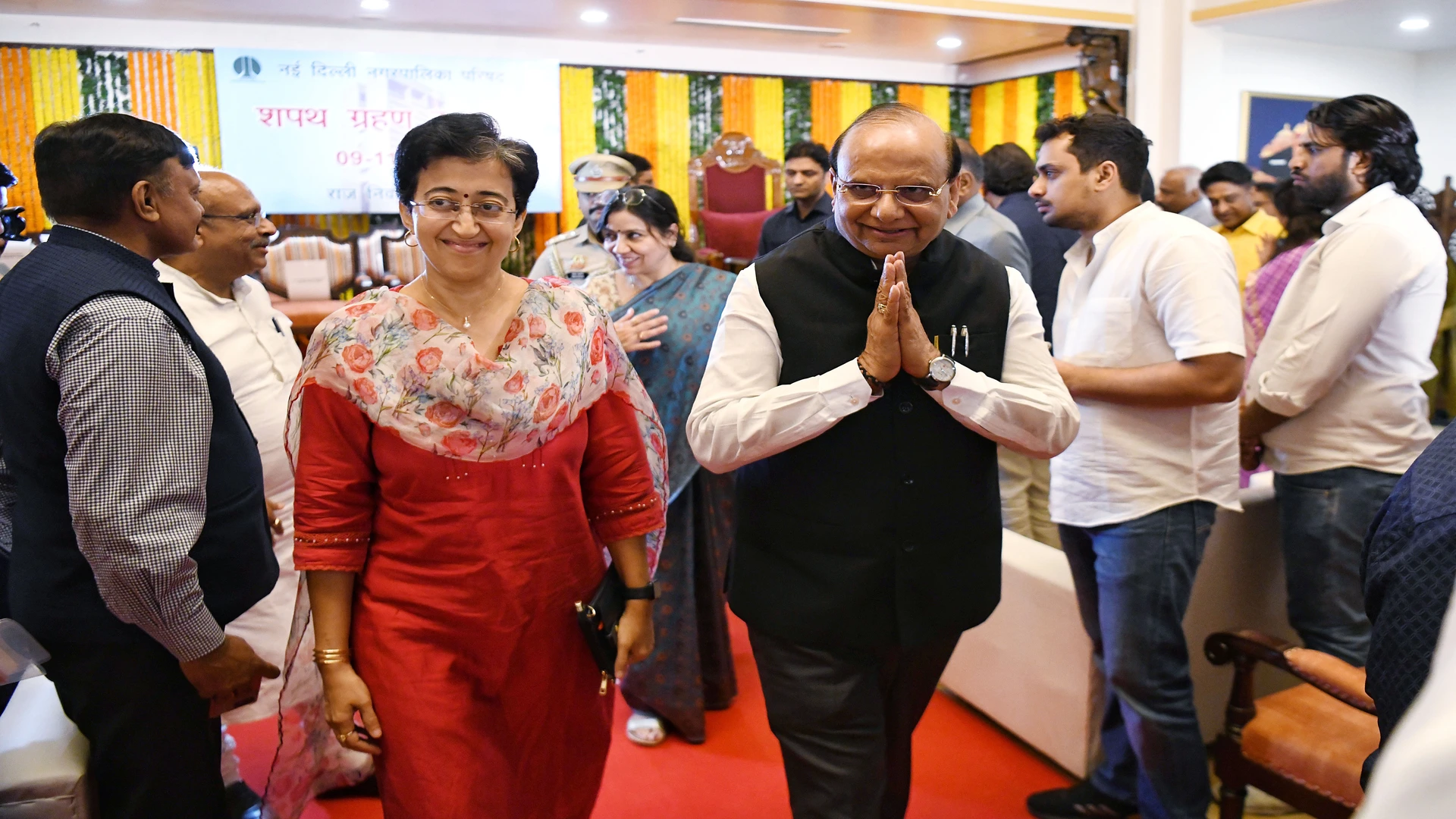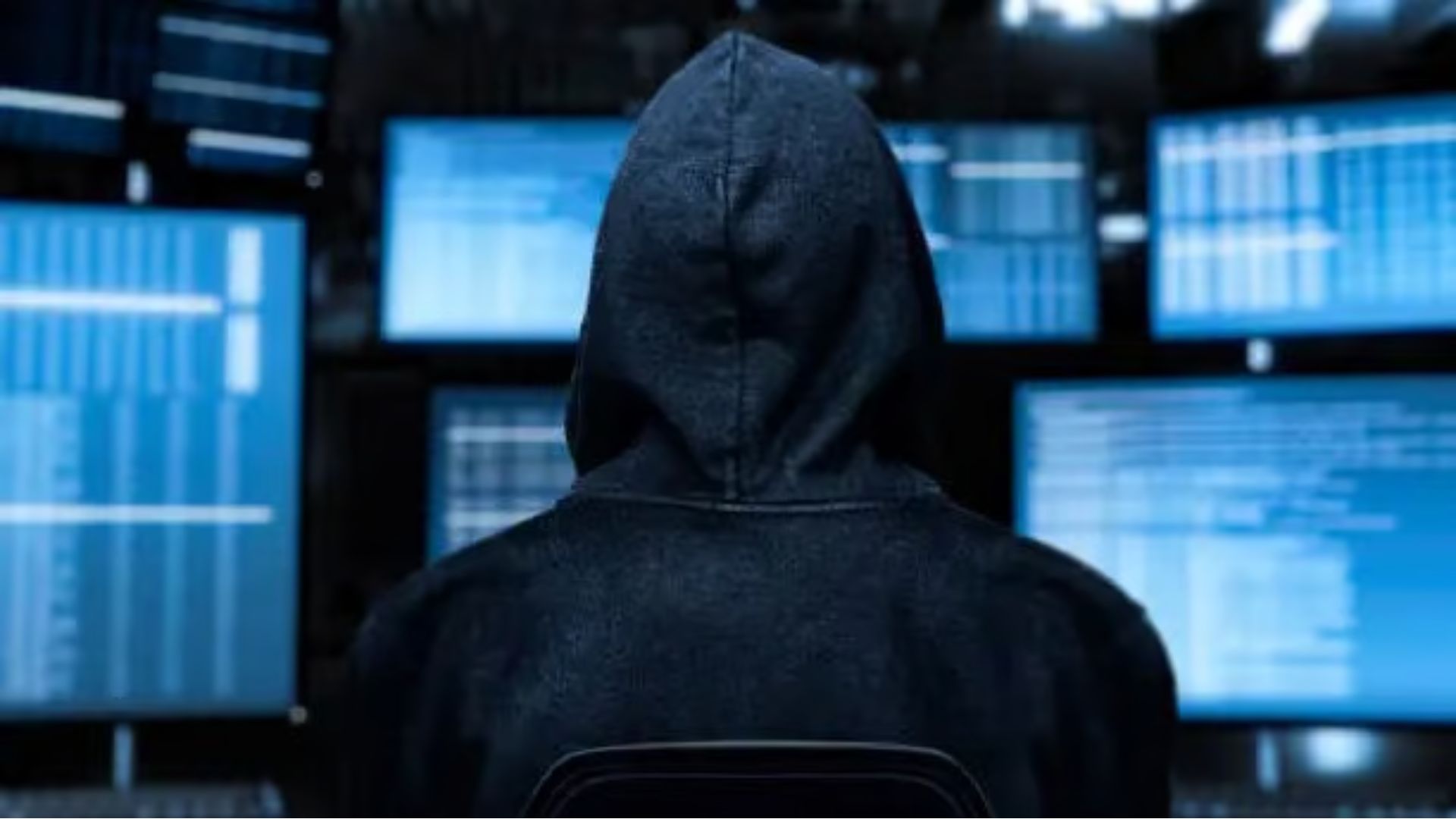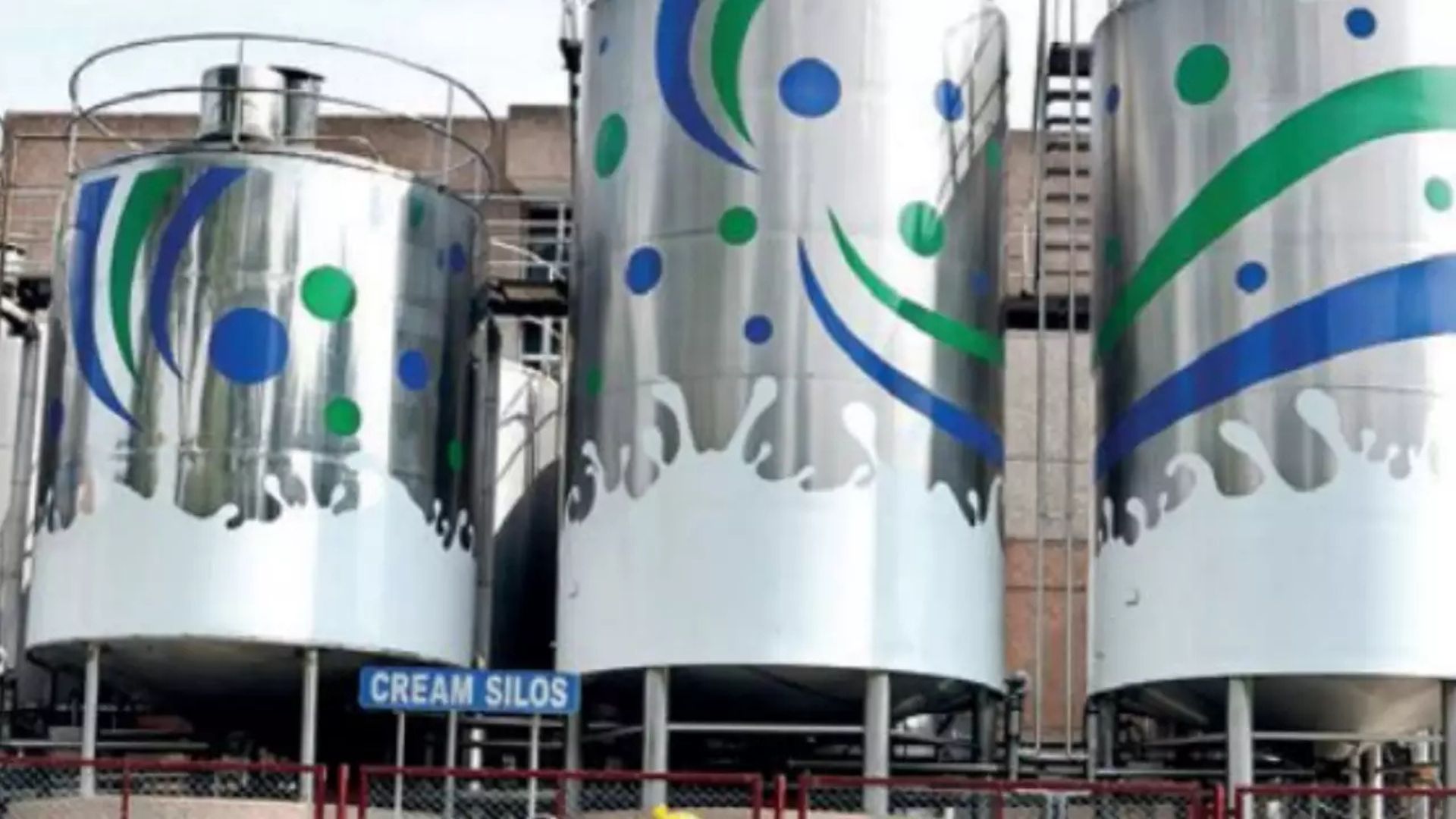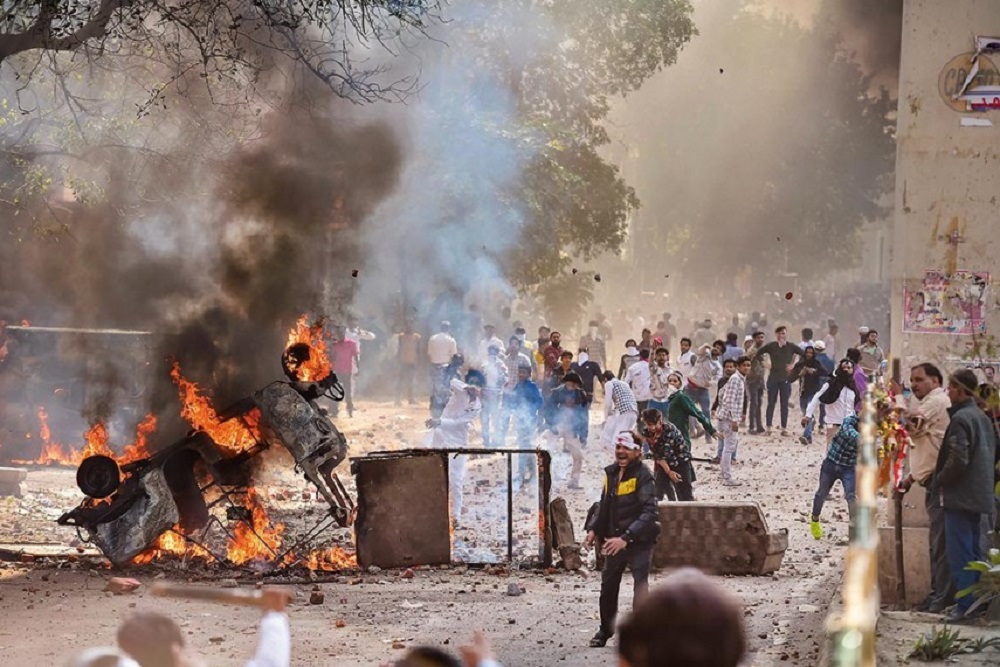
The anti-Sikh riots, also known as the 1984 Sikh riots, were a series of organized pogroms that occurred in India following the assassination of Prime Minister Indira Gandhi by her Sikh bodyguards on October 31, 1984. The riots primarily targeted Sikhs in Delhi and several other parts of the country, resulting in widespread violence, destruction, and loss of life and property.
Short History of Anti-Sikh Riots:
1. Triggering Event: The riots were triggered by the assassination of Prime Minister Indira Gandhi by her Sikh bodyguards in retaliation for Operation Blue Star, a military operation carried out by the Indian Army to flush out armed Sikh militants from the Golden Temple complex in Amritsar in June 1984.
2. Mass Violence: Following the news of Indira Gandhi’s assassination, organized mobs, reportedly with the involvement of some political leaders, started attacking Sikh neighborhoods, homes, and businesses. Sikh men, women, and children were brutally targeted, leading to widespread violence and loss of life.
3. Role of Congress Leaders: Several Congress leaders were accused of inciting violence, providing support to the rioters, and actively participating in the attacks. One of the most controversial figures was Jagdish Tytler, a senior Congress leader at the time.
4. Allegations against Jagdish Tytler: Jagdish Tytler was accused of instigating the violence against Sikhs during the riots. Multiple eyewitnesses and survivors alleged that he was present at various locations where the attacks occurred and was seen leading violent mobs. However, it is important to note that he consistently denied these allegations and maintained that he had no role in the violence.
5. Legal Proceedings: Over the years, there have been several investigations, commissions, and legal proceedings related to the anti-Sikh riots. The Nanavati Commission and the Justice M.S. Liberhan Commission were among the most significant inquiries conducted to investigate the events and identify those responsible for the violence.
6. Controversies and Delays: The process of seeking justice for the victims has been marred by controversies, delays, and alleged political interference, leading to frustration among the Sikh community.
7. Ongoing Struggle for Justice: Even after decades, the wounds of the 1984 Sikh riots remain open. Many victims and their families continue to seek justice and closure, demanding punishment for those responsible for orchestrating and participating in the violence.


